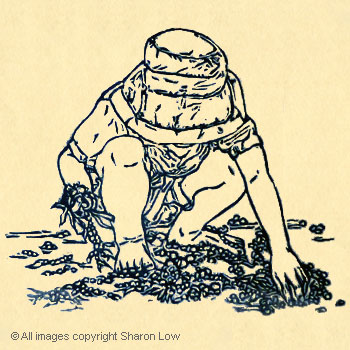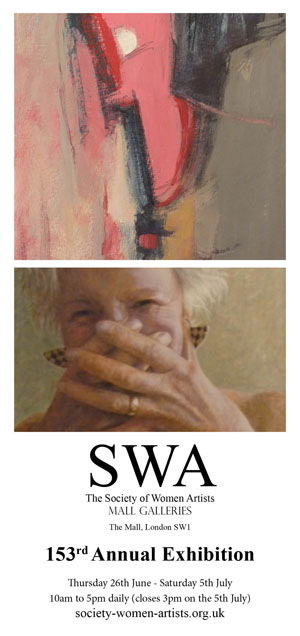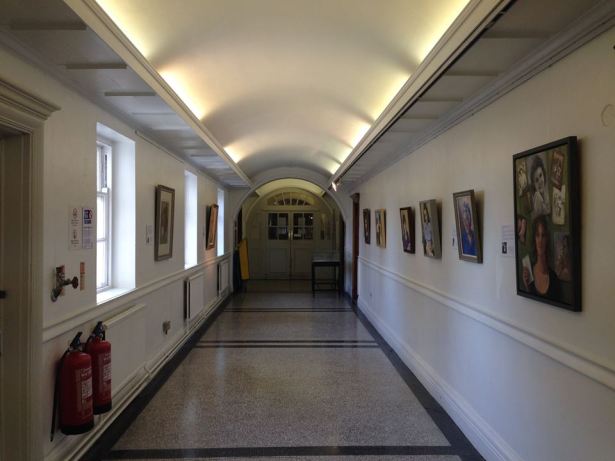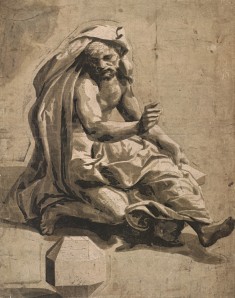Bidding open 24 Feb – 15 March 2022
I’m delighted to take part in this year’s Art on a Postcard International Women’s Day Auction 2022.

Art on a Postcard was launched in 2014, and was then intended to be a one off secret postcard auction. However, the first edition was such a success that they have since gone on to hold further auctions each year to raise more funds for The Hepatitis C Trust.
Artists and photographers who have taken part in Art on a Postcard auctions include Damien Hirst, Grayson Perry CBE, RA, Marina Abramoviç, Harland Miller, Martin Parr, Es Devlin, Jeremy Deller, Peter Blake, Gilbert and George, Jake and Dinos Chapman, Patrick Hughes, Wolfgang Tillmans, Marc Quinn and Cecily Brown.
100% of the money raised in Art on a Postcard auctions goes to The Hepatitis C Trust’s campaign to eliminate hepatitis C in the UK by the year 2030.
I’m so excited to join this year’s Art on a Postcard International Women’s Day Auction with a stellar line up of highly collectable female identifying artists ranging from emerging new graduates to world-renowned artists.
The 2022 participants include Charmaine Watkiss, whose work is concerned with what she calls ‘memory stories’. She creates stories primarily through research connected to the African Caribbean diaspora, and then maps the stories onto life sized figures.
New York based artist Philemona Williamson joins the line-up, her work explores the tenuous bridge between adolescence and adulthood, along with Brooklyn based Louise Lawler aiming to raise questions about the production, circulation, and presentation of art through her creations.
They will be shown alongside pieces from Sarah Ortmeyer, Allison Katz, Lara Schnitger, Penny Goring, Florence Peake and Emma Cousin for this edition.
Emerging voices will also feature offering the opportunity to spot fresh talents, such as New Contemporary 2021 Shannon Bono who is invested in producing layered, figurative, compositions that centralise black womanhood as a source of knowledge and understanding.
Also, Amanda Ba who has achieved quick success with her erotic red female figures, and depictions of animals exploring interspecies relations, queerness and cultural identity.
Original creations will also be available by Bunmi Agusto, Mandy Franca and Victoria Cantons among others.
As well these exciting additions, Art on a Postcard this year welcomes back expressionistic American artist Katherine Bernhardt and Royal Academicians Vanessa Jackson, Mali Morris and (my hero and mentor) Anne Desmet.
The Art on a Postcard women’s auctions focus on the work The Hepatitis C Trust does in women’s prisons. In 2022 The Trust will be expanding their women’s hepatitis C work beyond the prison walls into probation services and women’s centres, the money from this auction will help achieve this goal. It is The Hepatitis C Trust‘s belief that many of the women incarcerated in the UK are there because of addiction and mental health problems and need help, not locking up.
Our prison work gives us the unique opportunity to engage hard to reach women. When these women take control of their health, often when they’ve not been in control of anything, there is a considerable knock-on effect. Accessing treatment changes their lives and can be the catalyst to getting clean and sober and into more manageable ways of life. Art on a Postcard shows these women that they are valued and cared about.
Julia Sheehan – National Female Prisons Coordinator
Bidding is now open online, hosted by Dreweatts, with each lot starting at £50



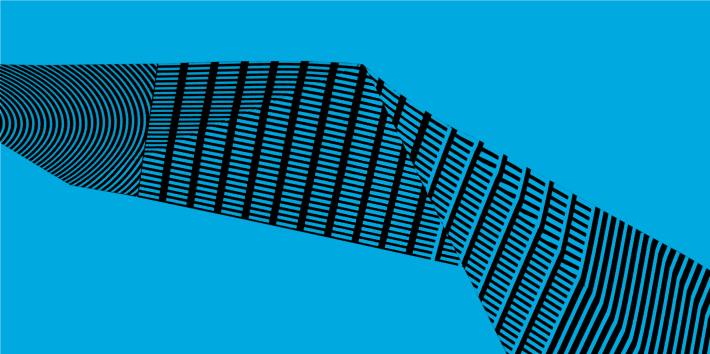







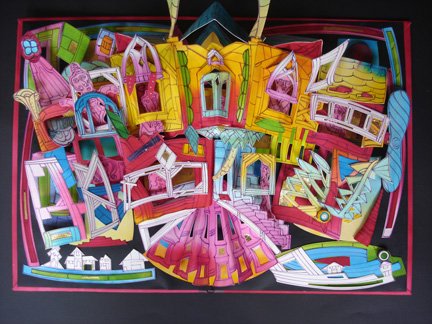





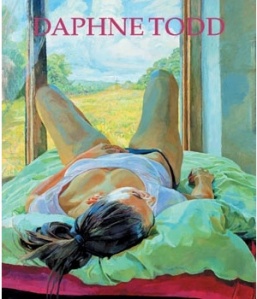












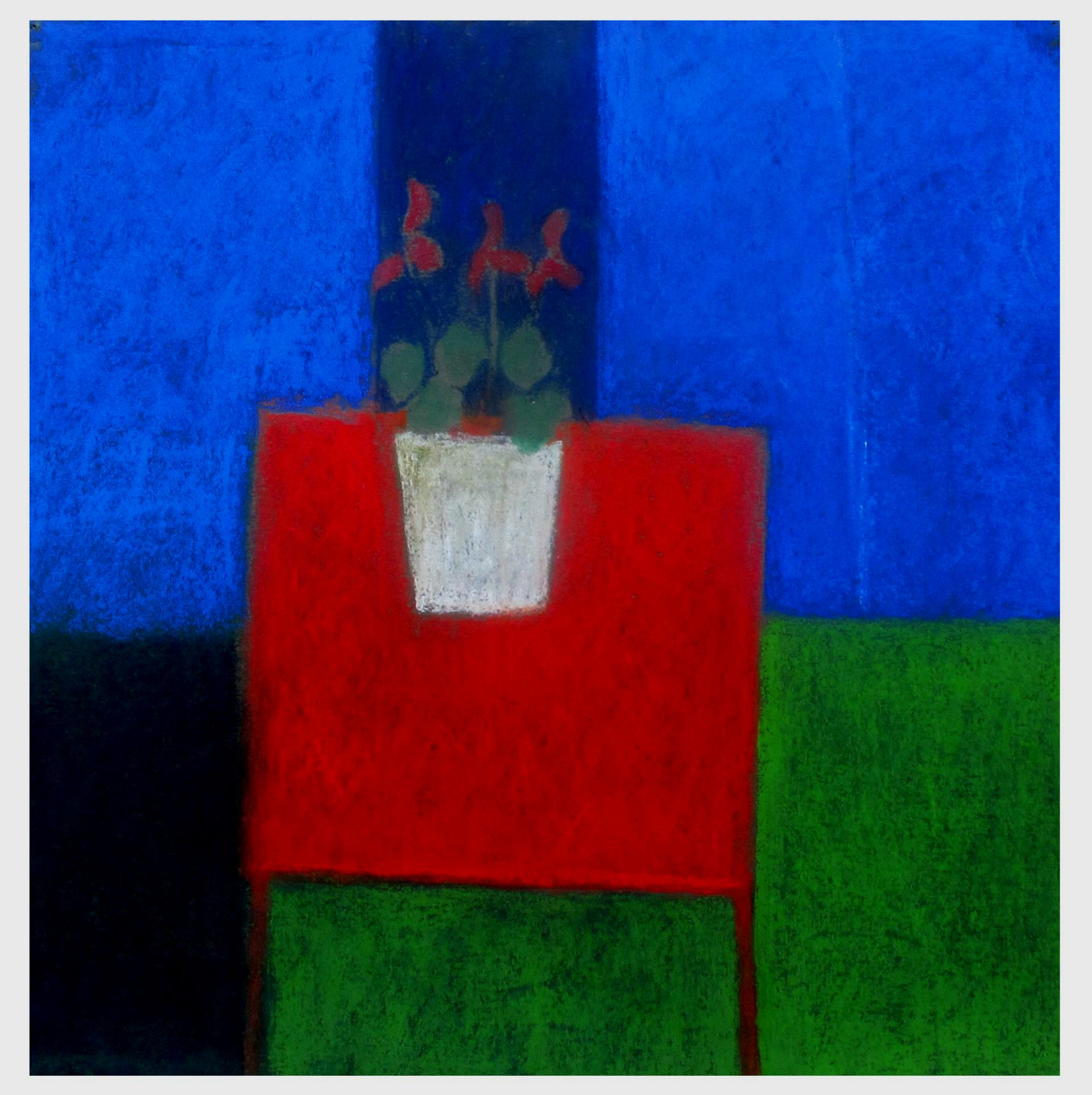

 Thursday 26 June to Saturday 5 July
Thursday 26 June to Saturday 5 July